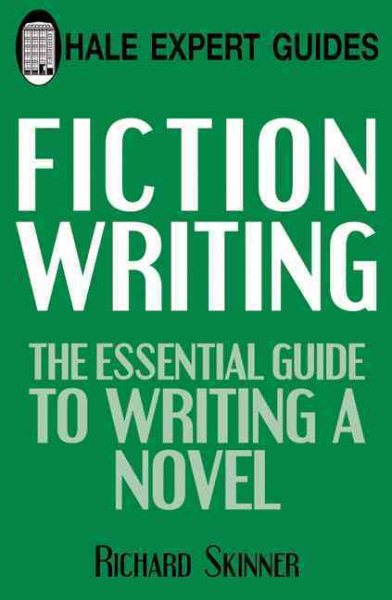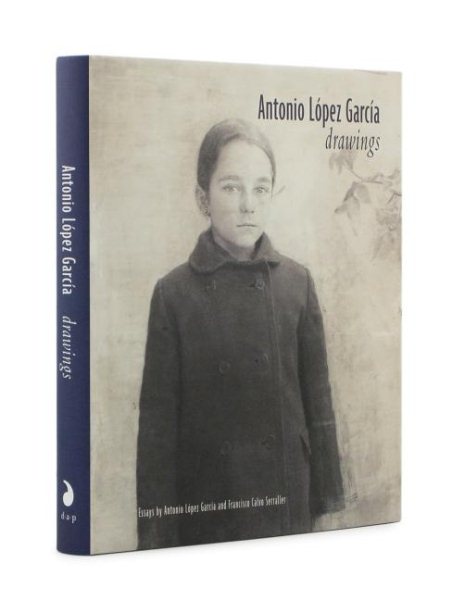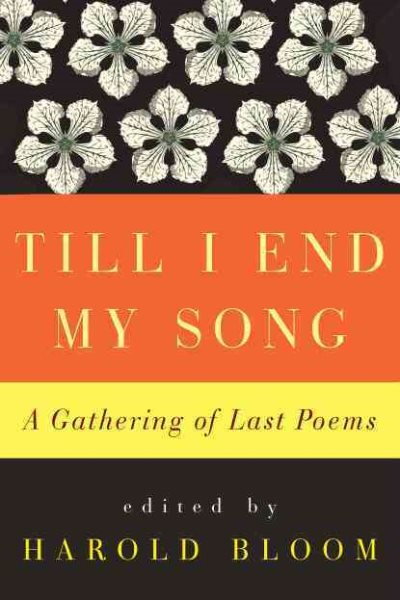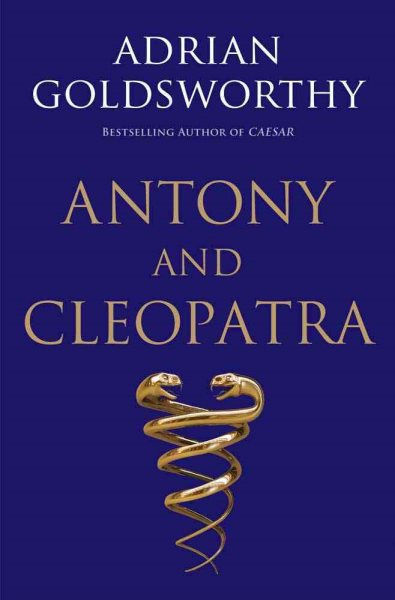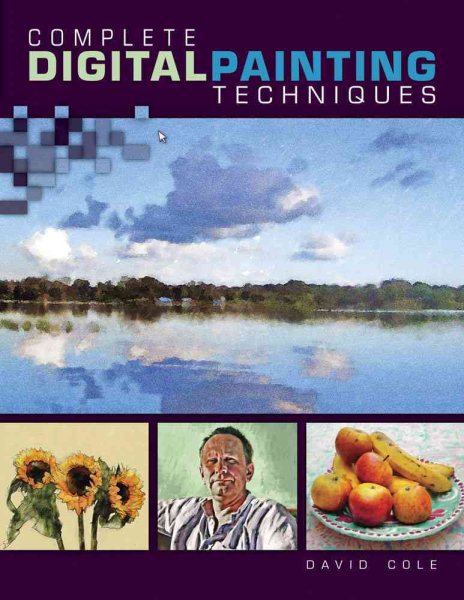By Richard Skinner
Drawing from his own experiences as a novelist and creative writing tutor, Richard Skinner takes you through the process of writing a novel, from ways of generating ideas and beginning the actual process of writing, through to producing a final draft. The book is a both a 'guide' and an 'aid' to writing a novel. The first part - the guide - offers solid practical suggestions for writers who are just getting started on a long piece of fiction. The second part of the book - the aid - operates more like a troubleshooting gallery for those who are well into a long piece of fiction. Eschewing formulas and prescriptions, Skinner encourages readers to think differently about issues as they arise by means of lateral thinking, oblique strategies, aphorisms and quotations, and offers a range of ideas about the art of writing that stretches beyond the bounds of fiction.
Check Catalog
Arts!
A selection of our new and noteworthy materials on the Performing Arts as well as other Fine Arts
Monday, October 25, 2010
Antonio Lopez Garcia: Drawings
The Spanish artist Antonio Lopez Garcia is revered worldwide not only for the extreme realism he brings to his paintings and drawings, but because he conveys through this extreme realism a wonderful sensitivity to light, color and space, enabling each to breathe with a tranquility that allows for the encroachments of everyday life. Interior scenes of dining tables, bathroom sinks, toilets, dressers are depicted in sober light that recall Chardin or the intimisme of Vuillard--though Lopez Garcia surpasses even these masters in his ability to make unforgivingly prosaic subject matter, such as a brick wall or a refrigerator, sparkle and throb with mood. The artist's statement that "you work until the whole surface has an expressive intensity equivalent to what you have before you, converted into a pictorial reality" conveys something of the labor he brings to his works: Lopez Garcia is not a prolific artist, and as a result shows rarely (his 2008 exhibition at the Museum of Fine Arts, Boston, consolidated his already strong audience in the U.S.). His drawings and paintings are equally esteemed, but until now, the drawings have never been the subject of a monograph. All of the work in this superbly designed publication has been carefully selected by the artist's daughter, Maria; much of it has never been reproduced until now. Including 200 color plates and a moving text by the artist himself, it stands as a powerful testimony to Lopez Garcia's astounding achievement.
Antonio Lopez Garcia (born 1936) studied at the School of Art in Madrid in the early 1950s, and quickly became part of a nucleus of realist painters, such as Francisco Lopez Hernandez, Amalia Avia and Isabel Quintanilla. Lopez Garcia was the subject of Victor Erice's 1992 film El Sol del Membrillo (The Quince Tree of the Sun), which closely chronicles the artist's attempts to paint a quince tree.
Request Antonio Lopez-Garcia Drawings from the catalog.
Antonio Lopez Garcia (born 1936) studied at the School of Art in Madrid in the early 1950s, and quickly became part of a nucleus of realist painters, such as Francisco Lopez Hernandez, Amalia Avia and Isabel Quintanilla. Lopez Garcia was the subject of Victor Erice's 1992 film El Sol del Membrillo (The Quince Tree of the Sun), which closely chronicles the artist's attempts to paint a quince tree.
Thursday, October 14, 2010
Till I End My Song: A Gathering of Last Poems
Edited by Harold Bloom
Literary critic and scholar Bloom has a passion for literary assemblages. He is also ardent in his articulation of the psychological, philosophical, and spiritual roles literature, especially poetry, plays in life, and in coping with death. So who better than Bloom to gather poets' last poems? Bloom cites "three kinds of ‘last poems.'" The first is the obvious, the "final poems" composed by the 100 poets he holds dear. The second are poems "intended to mark the end," even though the poet continued to write, and the third are poems Bloom reads as "an imaginative conclusion to a poetic career." His great favorites are here: Shakespeare, Milton, Yeats, Hopkins, Emerson, and Stevens, as well as Conrad Aiken, A. R. Ammons, James Merrill, Amy Clampitt, and Agha Shahid Ali. Bloom introduces each poet and poem with his signature blend of knowledge, ardor, and, facing his eightieth year, poignancy. These are poems that embrace change, time, life, the self, and death. Poems that have lasted and that will "reverberate into the coming silence."
Check Catalog
Literary critic and scholar Bloom has a passion for literary assemblages. He is also ardent in his articulation of the psychological, philosophical, and spiritual roles literature, especially poetry, plays in life, and in coping with death. So who better than Bloom to gather poets' last poems? Bloom cites "three kinds of ‘last poems.'" The first is the obvious, the "final poems" composed by the 100 poets he holds dear. The second are poems "intended to mark the end," even though the poet continued to write, and the third are poems Bloom reads as "an imaginative conclusion to a poetic career." His great favorites are here: Shakespeare, Milton, Yeats, Hopkins, Emerson, and Stevens, as well as Conrad Aiken, A. R. Ammons, James Merrill, Amy Clampitt, and Agha Shahid Ali. Bloom introduces each poet and poem with his signature blend of knowledge, ardor, and, facing his eightieth year, poignancy. These are poems that embrace change, time, life, the self, and death. Poems that have lasted and that will "reverberate into the coming silence."
Check Catalog
Wednesday, October 13, 2010
Till I End My Song: A Gathering of Last Poems
Edited by Harold Bloom
Literary critic and scholar Bloom has a passion for literary assemblages. He is also ardent in his articulation of the psychological, philosophical, and spiritual roles literature, especially poetry, plays in life, and in coping with death. So who better than Bloom to gather poets' last poems? Bloom cites "three kinds of ‘last poems.'" The first is the obvious, the "final poems" composed by the 100 poets he holds dear. The second are poems "intended to mark the end," even though the poet continued to write, and the third are poems Bloom reads as "an imaginative conclusion to a poetic career." His great favorites are here––Shakespeare, Milton, Yeats, Hopkins, Emerson, and Stevens, as well as Conrad Aiken, A. R. Ammons, James Merrill, Amy Clampitt, and Agha Shahid Ali. Bloom introduces each poet and poem with his signature blend of knowledge, ardor, and, facing his eightieth year, poignancy. These are poems that embrace change, time, life, the self, and death. Poems that have lasted and that will "reverberate into the coming silence." A collection of surpassing splendor and resonance.
Check Catalog
Literary critic and scholar Bloom has a passion for literary assemblages. He is also ardent in his articulation of the psychological, philosophical, and spiritual roles literature, especially poetry, plays in life, and in coping with death. So who better than Bloom to gather poets' last poems? Bloom cites "three kinds of ‘last poems.'" The first is the obvious, the "final poems" composed by the 100 poets he holds dear. The second are poems "intended to mark the end," even though the poet continued to write, and the third are poems Bloom reads as "an imaginative conclusion to a poetic career." His great favorites are here––Shakespeare, Milton, Yeats, Hopkins, Emerson, and Stevens, as well as Conrad Aiken, A. R. Ammons, James Merrill, Amy Clampitt, and Agha Shahid Ali. Bloom introduces each poet and poem with his signature blend of knowledge, ardor, and, facing his eightieth year, poignancy. These are poems that embrace change, time, life, the self, and death. Poems that have lasted and that will "reverberate into the coming silence." A collection of surpassing splendor and resonance.
Check Catalog
Tuesday, October 12, 2010
Empire of Dreams: The Epic Life of Cecil B. Demille
By Scott Eyman
An authoritative profile of the legendary director best known for such biblical productions as The Ten Commandments and King of Kings challenges popular portrayals of his tyrannical character, offering insight into how his career reflected Hollywood's first 50 years. By the author of Lion of Hollywood.
Check Catalog
An authoritative profile of the legendary director best known for such biblical productions as The Ten Commandments and King of Kings challenges popular portrayals of his tyrannical character, offering insight into how his career reflected Hollywood's first 50 years. By the author of Lion of Hollywood.
Check Catalog
Antony and Cleopatra
By Adrian Goldsworthy
"A classicist on the ascent, Goldsworthy previously wrote Caesar (2006), to which this title is a natural sequel. It can be seen as a corrective to Diana Preston's Cleopatra and Antony (2009), which strove to give the Egyptian queen top billing in ancient history's most famous romance. Affection there may have been between Cleopatra and Caesar's right-hand man, but love was a political instrument in Cleopatra's relationship to Caesar and, after his assassination, to Marcus Antonius. Goldsworthy stresses Cleopatra's twin goals of keeping her throne (to which Caesar restored her) and warding off Egypt's annexation by the Roman Empire. As for Antony, Goldsworthy, reminding readers of contemporary hostility to him, depicts a personality to counter the condemnations left by Cicero and Augustan propaganda. Still, Antony does not come off well in Goldsworthy's estimation of him as a mediocre general and a self-interested power seeker. Narrating his and Cleopatra's parts in the tumultuous end of the Roman Republic, Goldsworthy skillfully integrates the partial and partisan source material into an accessible presentation of a classic tale from classical times."
Check Catalog
"A classicist on the ascent, Goldsworthy previously wrote Caesar (2006), to which this title is a natural sequel. It can be seen as a corrective to Diana Preston's Cleopatra and Antony (2009), which strove to give the Egyptian queen top billing in ancient history's most famous romance. Affection there may have been between Cleopatra and Caesar's right-hand man, but love was a political instrument in Cleopatra's relationship to Caesar and, after his assassination, to Marcus Antonius. Goldsworthy stresses Cleopatra's twin goals of keeping her throne (to which Caesar restored her) and warding off Egypt's annexation by the Roman Empire. As for Antony, Goldsworthy, reminding readers of contemporary hostility to him, depicts a personality to counter the condemnations left by Cicero and Augustan propaganda. Still, Antony does not come off well in Goldsworthy's estimation of him as a mediocre general and a self-interested power seeker. Narrating his and Cleopatra's parts in the tumultuous end of the Roman Republic, Goldsworthy skillfully integrates the partial and partisan source material into an accessible presentation of a classic tale from classical times."
Check Catalog
Wednesday, October 6, 2010
Complete Digital Painting Techniques
Teaches how to simulate and replicate traditional art-creation techniques--from dry brush and wet-into-wet to crosshatching and graffiti--using popular computer programs such as Adobe Photoshop and Corel Painter.
Request Complete Digital Painting Techniques from the catalog.
Request Complete Digital Painting Techniques from the catalog.
Subscribe to:
Posts (Atom)

